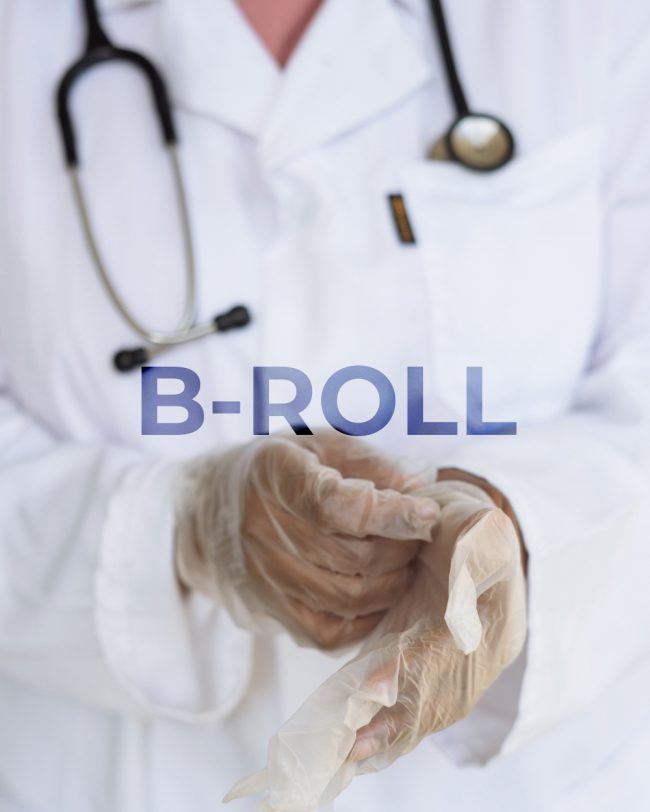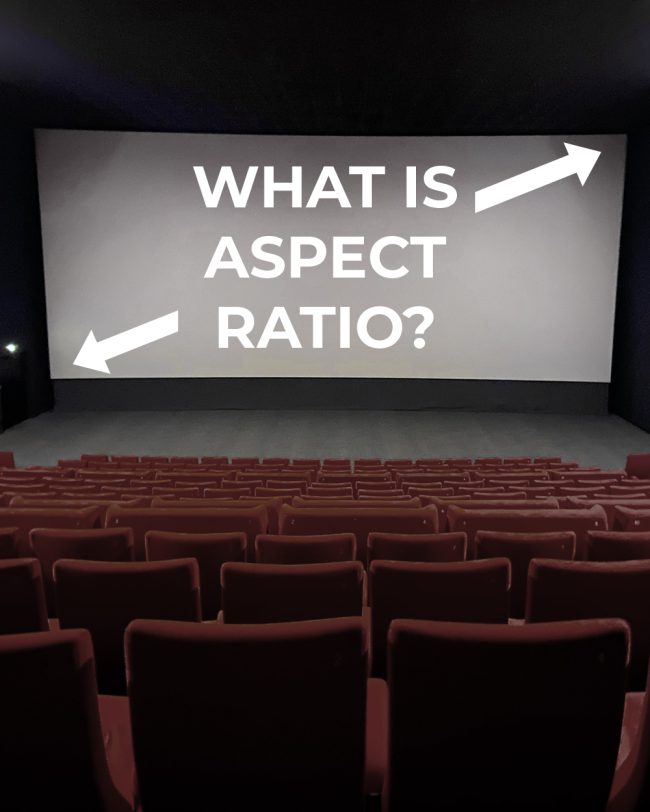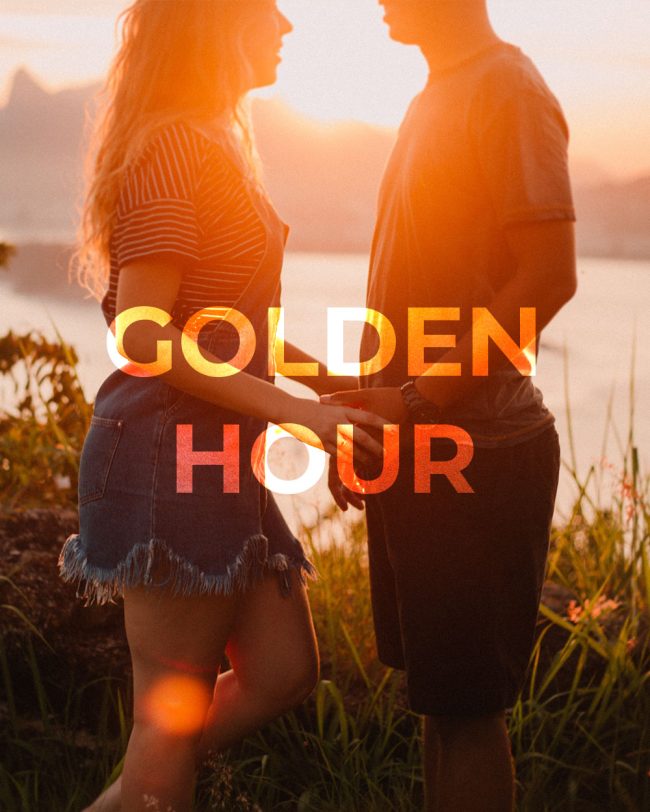There is a lot of jargon that goes along with the video production process and while it isn’t vital for you to know it – you hire us for our skills and experience after all – we do think that the more information everyone has about the video making process, the better the final video can become.
With that said, over a number of blog posts we’ll be breaking down and explaining common video terms.
In this post we will be looking at the following:
Feel free to click one of the links above to jump straight to a section, or simply read on!
B-roll is the video footage that supports the main shots (or A-roll) and helps flesh out an edit.
For example, in a recent project we filmed an interview style video, where a doctor was explaining the benefits of a breakthrough medical procedure.
After we filmed the interview, we went and filmed the procedure, so in the edit we could cut the footage in when the doctor mentions it.
In this example, the interview itself is the A-roll and the footage of the medical procedure is the B-roll.
Aspect ratio simply means the ratio of the width to the height of an image or screen.
The most common aspect ratio is 16:9 and is the ratio that most TV and corporate video productions use – 16:9 being 16 units wide by 9 units high, this gives the video a horizontal, or landscape orientation.
In a real-world example, a 16:9 HD video is 1920px by 1080px:
1080/9 = 120
1920/16 = 120
Cinema is slightly different, the most common aspect ratios being 1.85:1 and 2.39:1, these are extremely wide.
One other set of aspect ratios you might come across are vertical, or portrait aspect ratios, these are commonly used for content viewed on a mobile phone.
Common portrait aspect ratios are 9:16 (as if the 16:9 screen was flipped 90 degrees) or 5:4.
The rule of thirds isn’t so much a rule as it is a guideline, and if followed will usually achieve a nicely composed shot.
The idea is that the screen is divided into thirds, vertically and horizontally, by solid lines. Aligning important objects in frame to these lines and where they intersect, will usually give an aesthetically pleasing shot.
It is a very simple idea, but it works! Try picturing this grid when you sit down to watch your next film and you’ll see what we mean.
White balancing a camera is the process of telling the camera what the true colour of white is; from this all other colours are measured.
This ensures that colours look as natural as possible, rather than being too blue or too yellow for example.
White balance can be automatically determined by the camera, chosen from a list of presets, or manually set, and is something we do at the start of every shoot (you might have missed us doing this as we’ve usually completed the white balance before our client or filming stars even enter the room!), or if we move location.
Generally, golden hour is the time just after sunrise or just before sunset when the sun is low on the horizon.
The use of ‘hour’ in the name is not literal, the time the sun takes to rise or fall depends on a number of factors including where you are in the world and the season, just to name a few.
The benefits of shooting during golden hour are:
Golden hour produces colour temperatures in the ‘warmer’ side of the colour spectrum, they are incredible shades of yellows, oranges and reds that you won’t see at any other time of day and won’t be able to reproduce with any post processing technique.
The low sun produces a long shadow that can help add drama and interest to the shot.
During the day the sun sits high in the sky, this kind of ‘hard’, direct sunlight creates high contrast.
In contrast (see what I did there?) the light produced during golden hour is ‘soft’ due to light diffusion, and a ‘softer’ light source reduces the contrast in the scene, making the transition from the brightest points in the shot to the darkest more gradual and visually pleasing.
‘Soft’ light also has the tendency to wrap subjects and create soft edges.
For all these reasons, golden hour is an extremely popular time to shoot video.
You’ve definitely heard it before, but you may not have known what it meant – ‘that’s a wrap!’ is a term to signify that filming is over.
It is mostly used to indicate the end of filming on an entire project, but it can also be used to mean that a specific actor has finished their filming.
The term has been used since the early days of the film industry, so if you are on one of our sets and we are finishing up, feel free to yell it out!
If you wanted to have a chat about anything in this blog or any other elements of video production, contact us today. We love chatting through ideas and we also will happily provide you with free, no obligation quotes.
We’ll see you in Video Terminology Explained Part 2 – coming soon!







